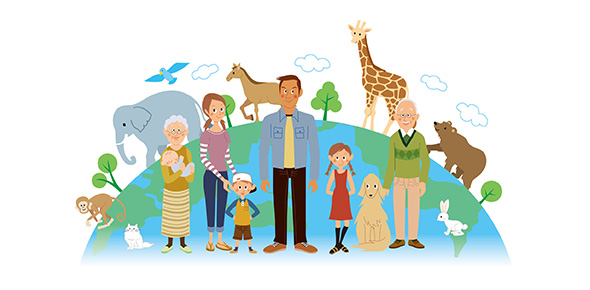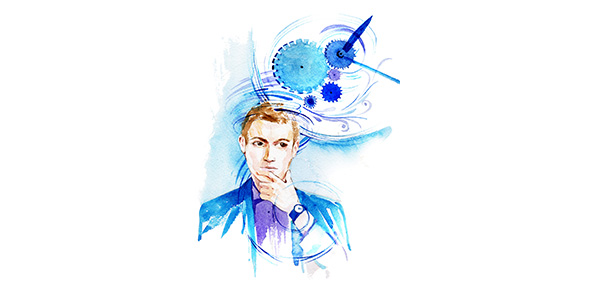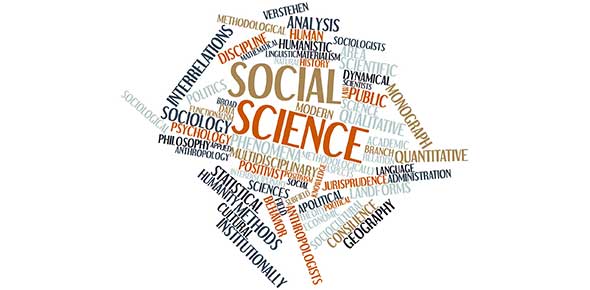Related Flashcards
Related Topics
Cards In This Set
| Front | Back |
|
The difference between relative dating and chrononumeric dating:
|
Relative: comparative, can find older or younger, but no specific date.
Chrononumeric: estimating specific date of fossils, sites (also called radiometric, absolute) |
|
Relative dating techniques:
|
1. stratigraphy: layers of accumulated earth - deeper = older (not always easy, crust can be disturbed/folded)2. fluorine dating: accumulation of fluorine in bones, can only be used to compare bones from same site3. biostratigraphy: based on animal remains similarity to other sites (also called "faunal dating")4. paleomagnetic reversal: based on shifts in the earth's magnetic field
|
|
Absolute dating techniques:
|
1.Carbon-14 Dating (most common): living organisms take in C12 and *C14 (radioactive)* - half life 5730 years into N142,Argon Dating: based on potassium -only for over 100,000 years old3. Argon-Argon: can be used for small samples4. Dendrachronology: tree rings5. fission track dating: uranium decays into lead6. Thermoluminescence: heated objets accumulate trapped electrons over time 7. Electron spin resonance (ESR): radioactive atoms in bones, shells
|
|
Paleospecies:
|
Species identified by fossil remains
|
|
Taphonomy:
|
The study of what happens to plants and animals after they die
|
|
Paleoecology:
|
The study of ancient environments
|
|
Palynology:
|
The study of ancient pollen, can identify species of plants alive at the time
|
|
Geoligical Time Period of Primate/Human Evolution: Era
|
Era: Cenozoic (others - Proterozoic, Archean, Hadean are all Precambian- "before life")
|
|
Geoligical Time Period of Primate/Human Evolution: Periods
|
Periods: 1. Paleogene, 2. Neogene
|
|
Geoligical Time Period of Primate/Human Evolution: Epochs
|
Epochs: Paleocene (Adaptive radiation of primate-like mammals), Eocene (adaptive radiation of true primates), Oligocene (adaptation of anthropoids), Miocene (adaptive radiation of first hominoids, hominin origins), Pliocene (adaptive radiation of hominins, origin of Homo), Pleistocene (evolution and dispersal of Homo, origin of modern humans)Holocene (Humans develop agriculture and civilization, recorded history)
|
|
What makes a human, human?
|
*BIPEDALISM!!!! - femurs angled in, kness close, large femur head, short toes, big toe aligned instead of opposable, foramen magnum aligned toward middle of skull instead of back, short wide pelvis, double arched foot.
also: Dental features: thick enamel, small blunt non-projecting canines, low crowned molars, bicuspid pre-molars, parabolic dental arcade Shorter arms and longer legs as compared to apes Barrel shaped ribcage |
|
Origins of Hominins: Canidates
|
Orrorin tugenensis, Ardipithicus ramidus, Sahelantropus tachadensis
Ardi best contender so far - more solid evidence of bi-pedalism... |
|
Molecular dating:
|
Using genetic evidence to estimate the sequence/timing of evolutionary splits
|
|
Suggested relationships between apes and humans
|
1. Common Ancestor2. Oragunatan split first: 16-12 mya2. Gorilla split: 8-6 mya3. human/ape split 6-5 mya - apes then split into chimps and bonobos 3-2.5 mya
|
|
Human Evolution timeline verview
|
6 mya: ape-hominin split - origin of bi-pedalism4 mya: primitive hominins - bipedal, , small brain, large teeth, no tool use3 mya: diversification of hominins2 mya: genus homo - larger brains, stone tools, scavenging and maybe hunting, leaving africa1 mya: becomin worldwide - further increase of brain size, use of fire0 mya: modern humans - bone tools, arts further geographic expansion, beginnings of culture
|







